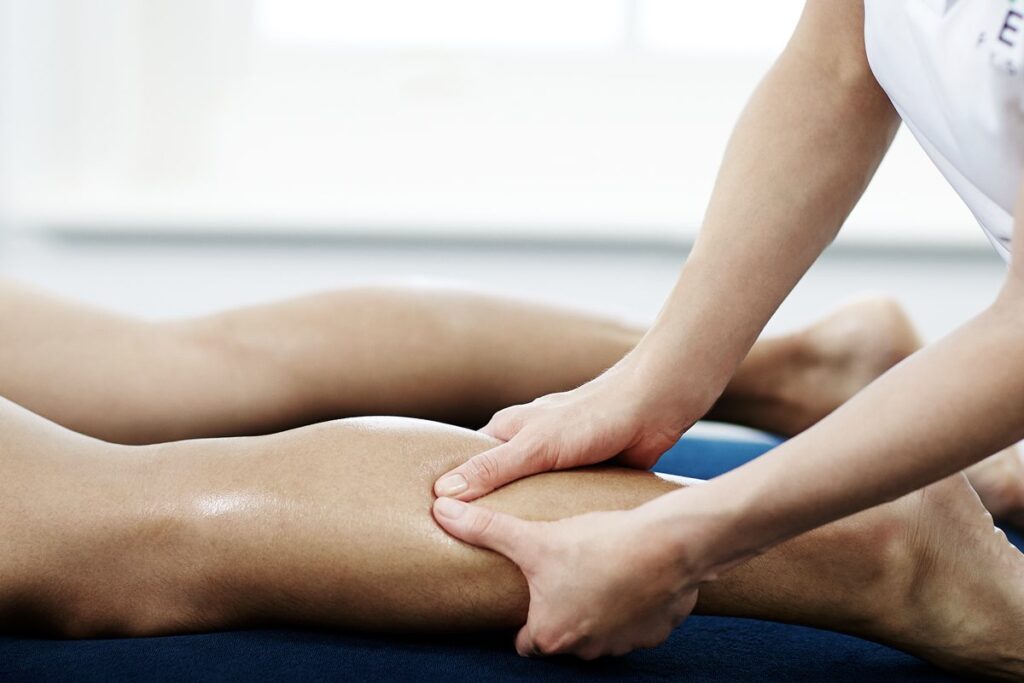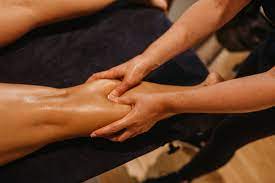Sports massage has become an integral part of many athletes’ training regimens, offering a range of benefits from improved recovery to enhanced performance. However, determining the optimal frequency for sports massages can be a nuanced process, influenced by factors such as training intensity, recovery needs, and individual preferences. In this article, we delve into the considerations that athletes should keep in mind when deciding how often to incorporate sports massages into their routine.

- Understanding the Purpose of Sports Massage:
- Before delving into frequency, it’s essential to grasp the primary objectives of sports massage. These include promoting muscle recovery, reducing muscle tension, enhancing flexibility, and preventing injuries.
- Sports massages are not solely reserved for elite athletes; recreational athletes and fitness enthusiasts can also benefit from incorporating them into their routine.
- Factors Influencing Frequency: a. Training Intensity:
- Athletes engaging in intense training sessions multiple times a week may require more frequent massages to aid in muscle recovery and prevent overuse injuries. b. Recovery Needs:
- Individuals recovering from injuries or managing chronic muscle tightness may benefit from more frequent massages to facilitate rehabilitation and prevent further complications. c. Performance Goals:
- Athletes aiming for peak performance in competitions or events may choose to increase the frequency of massages during high-intensity training periods to optimize recovery and maintain performance levels. d. Individual Response:
- Every athlete’s body responds differently to massage therapy. Some may require more frequent sessions to alleviate muscle tension, while others may find that less frequent massages suffice for their needs.
- General Guidelines for Frequency:
- While there is no one-size-fits-all approach to sports massage frequency, some general guidelines can help athletes make informed decisions: a. Intense Training Periods: During periods of high training volume or intensity, aim for weekly massages to support recovery and performance. b. Maintenance Phase: In less intense training phases, consider scheduling massages every 2-4 weeks to maintain muscle health and prevent imbalances. c. Injury Rehabilitation: If recovering from an injury, work closely with a sports massage therapist to determine the optimal frequency for rehabilitation, which may involve more frequent sessions initially. d. Listen to Your Body: Pay attention to your body’s signals. If you notice persistent muscle tightness or discomfort, consider increasing the frequency of massages as needed.
- Consultation with a Qualified Massage Therapist:
- Ultimately, consulting with a qualified sports massage therapist is crucial in determining the most appropriate frequency for your specific needs.
- A therapist can assess your training regimen, identify areas of concern, and tailor a massage schedule to address your individual requirements.

Conclusion: Sports massage offers a multitude of benefits for athletes of all levels, but finding the optimal frequency requires careful consideration of various factors. By understanding the purpose of sports massage, considering factors such as training intensity and recovery needs, and seeking guidance from a qualified therapist, athletes can establish a massage regimen that supports their performance, recovery, and overall well-being. Remember, the key is to strike a balance that promotes optimal physical health while accommodating individual preferences and goals.


Recent Comments